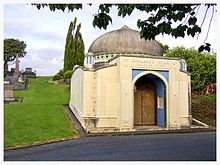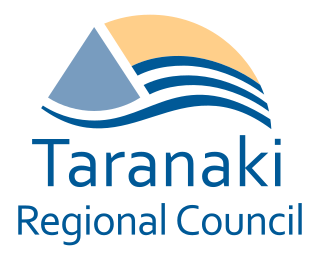
Taranaki is a region in the west of New Zealand's North Island. It is named after its main geographical feature, the stratovolcano Mount Taranaki, also known as Mount Egmont.
Francis Ullathorne Gledhill was a New Zealand politician.
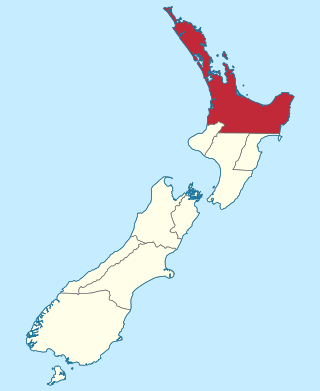
The Auckland Province was a province of New Zealand from 1853 until the abolition of provincial government in 1876.

The Taranaki Province was a province of New Zealand from 1853 until the abolition of provincial government in 1876. Initially known as New Plymouth Province, the province was renamed on 1 January 1859 as the Taranaki Province.

Frederic Alonzo Carrington was a 19th-century New Zealand politician and surveyor. He is regarded as the Father of New Plymouth.

Henry James Hobbs Okey was a Reform Party Member of Parliament in New Zealand.
The 3rd New Zealand Parliament was a term of the Parliament of New Zealand. Elections for this term were held between 12 December 1860 and 28 March 1861 in 43 electorates to elect 53 MPs. Two electorates were added to this during this term, Gold Fields District and a new Dunedin electorate created by splitting the existing City of Dunedin into Dunedin and Suburbs North and Dunedin and Suburbs South, increasing the number of MPs to 57. During the term of this Parliament, six Ministries were in power.

Richmond Hursthouse was a 19th-century Member of Parliament in Nelson, New Zealand, and a cabinet minister.

Thomas King was a 19th-century New Zealand politician. He served in the 1st and 2nd Parliaments, and was otherwise active in New Plymouth. He was one of the first settlers, coming out on the first ship to New Plymouth in 1841.
Thomas Kelly was a 19th-century Member of Parliament in Taranaki, New Zealand.
Cyril Hendry Croker was a New Zealand solicitor and member of the Legislative Council. He was a leading sportsman in his youth. He went to World War I in France in 1918 and returned to England sick within days. Active in the National Party, he was a electorate chairman for many years. In 1950, when the first First National Government wanted to disestablish the Legislative Council, Croker was appointed to that body as part of the suicide squad.
Leila Agnes Sophie Hurle was a New Zealand principal and senior school inspector. She was born in New Plymouth, New Zealand on 5 June 1901. She is buried at Te Henui Cemetery in New Plymouth.
John Lorraine Sullivan was a New Zealand rugby union player, coach and administrator. A three-quarter and second five-eighth, Sullivan represented Taranaki at a provincial level, and was a member of the New Zealand national side, the All Blacks, from 1936 to 1938. He played nine matches for the All Blacks including six internationals.
Monica Romaine Brewster was a New Zealand arts patron and women's rights advocate. She is best known as the founding benefactor of the Govett-Brewster Art Gallery.

Charles Wilson Hursthouse, also known by his Māori name Wirihana, was an English-born New Zealand surveyor, public servant, politician, and soldier. He laid out part of the North Island Main Trunk railway through the King Country.
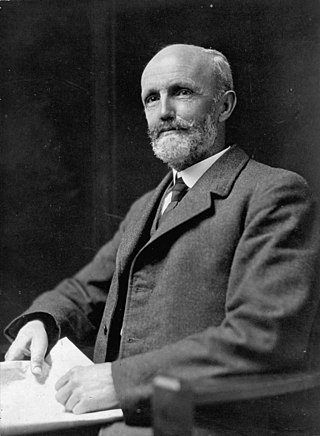
William Henry Skinner was a New Zealand surveyor, historian, and ethnographer.
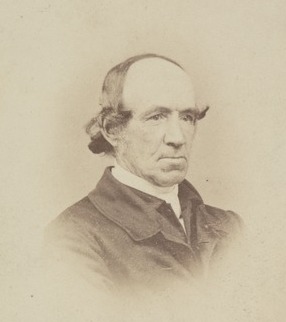
John Whiteley was a missionary for the Wesleyan Missionary Society (WMS) in New Zealand, active from his arrival in the country in 1833 up until his death.

Parininihi Marine Reserve is a marine reserve administered by the Department of Conservation, covering 1,800 hectares in the North Taranaki Bight. It is located offshore of the west coast of New Zealand's North Island, north-east of New Plymouth.

The Gables in New Plymouth's Brooklands Park was a colonial hospital originally built in Mangorei Road, on the northern bank of the Henui Stream. It was one of the four hospitals Governor Sir George Grey commissioned in the late 1840s for European New Zealanders (Pakeha) and Maori patients in New Zealand’s North Island. Now an arts centre, the building is historically important as it reminds of the first attempt to provide quality medical care to all New Zealanders and of Governor Sir George Grey's policy of assimilation by establishing mixed hospitals. The building also has rarity value as it is the last remaining of the four original hospitals. It is architecturally important as well, being one of the earliest surviving buildings designed by an architect in New Zealand.

Te Henui Vicarage from New Plymouth, New Zealand, is one of the heritage buildings of the city, registered by Heritage New Zealand as a Category 1 Historic Place, situated in the suburb of Strandon. It features the symbol of the undivided diocese of New Zealand (1841–1856) affixed to the front elevation.


